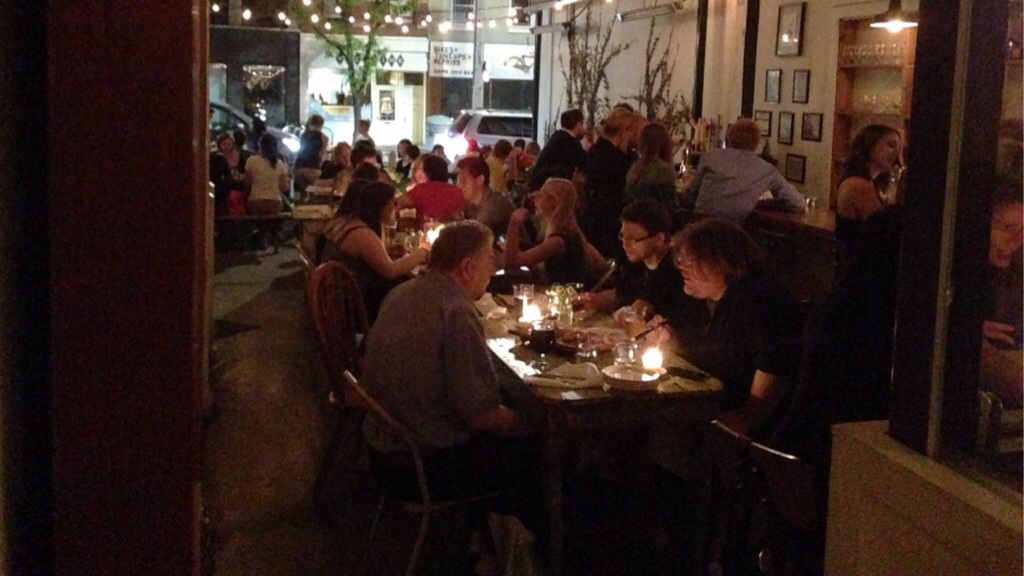 At Item H.1 of Table X of section B.16.100 of the Food and Drug Regulations at chapter 870 of the Consolidated Regulations of Canada it says that our brewers can use hydrochloric acid as a food additive in ale, beer, light beer, malt liquor, porter and stout. It may be used for the purpose of pH adjustment, acid reacting or water correcting. Erythorbic acid can be used as a preservative under Part 1 of the same regulation. Carrageenan is authorized as an emulsiphying agent,… or one for gelling, stabilizing or thickening your beer under Table IV. There are hundreds of things that can be added to your beer for this purpose or that. Methylcellulose, ficin and even calcium disodium ethylenediaminetetraacetate. Yum.
At Item H.1 of Table X of section B.16.100 of the Food and Drug Regulations at chapter 870 of the Consolidated Regulations of Canada it says that our brewers can use hydrochloric acid as a food additive in ale, beer, light beer, malt liquor, porter and stout. It may be used for the purpose of pH adjustment, acid reacting or water correcting. Erythorbic acid can be used as a preservative under Part 1 of the same regulation. Carrageenan is authorized as an emulsiphying agent,… or one for gelling, stabilizing or thickening your beer under Table IV. There are hundreds of things that can be added to your beer for this purpose or that. Methylcellulose, ficin and even calcium disodium ethylenediaminetetraacetate. Yum.
Much bother has been made this week of someone asking to have the ingredients of beer put on the labels. I don’t really care about that immediate request, the person or the purpose behind it because it is not important. It is the reaction by certain voices in the beer discourse that has been weirdly over wrought that should get the attention – reactions so inordinately strong that, in turn, they make one make one wonder about the nature of other advice or comment being given by those people. Many of whom are people I like and respect, by the way, even if I am going to question what is going on in this discussion. Mr. Beaumont calls it “bullshit” from a “presumed charlatan”. Jay Brooks goes on about the yellow journalism and prohibitionist forces behind it. Maureen Ogle cites, in the alternative, neo-prohibitionism and claims, horrors, that it is an example of “information and advice in our society is doled out by people who are only in it for the money.” When people use coarse language and ideas like these, you can bet there is a reason for their reliance on hyperbole and inexactitude. What could they be?
=> Money. There is so little money around beer writing that one always has to suspect this as a motive. I don’t in this case but one should always be prepared to see its shadow around the edges.
=> Protectionism. One thing that you notice about beer commentary is that it is very protectionist. People who write about beer name people who own brewers and, quite a separate group, some brewers as friends. These things are to be boosted. By boosters. For me, friends help you move furniture. All others are degrees of acquaintance – especially when business and the purpose of business, money, is involved. Because of this intersection between connection and accepted interpretation, beer writing and beer itself tends to be conservative and reactionary. This is the wisdom that gives us the utterly vacuous “hater gonna hate” pap.
=> Rank. It can appear that only a certain set is entitled to discuss beer. Just as it is easy to call someone a dumbass or charlatan it is also easy to compare someone to a book burning Nazi. This for me tends to be a strong indication that the person speaking has an agenda and likely an interest. Strategically perhaps, such grade school school yard debating patterns like this are far too common with good beer discourse and, like in grade school, appear to be based on reaction as opposed to presenting a well established foundation of understanding. It is not required to show what is the right thing when snapping that something over there is wrong or dumbass. If it is said by the accepted pre-approved voice, it is all that needs to be said. Fin.
=> Habit. Because of the three factors above, the discourse seems to perennially sit in a defensive rut that presents itself as assertion. Brewery owners are called “rock stars” precisely because they are not at all anything like rock stars but that it is so much more cool a phrase than “aggressively marketing business owner who provides the drinks often for free.” A superficial and self-serving lobbyist, as in this case, is called charlatan and dumbass not because they are so much as because it makes the rather limited actual response sound so much more important. We are in the habit of presenting and accepting arguments which are over-hyped and shallow because, hey, it’s just beer and beer can be a community and a source of income and the place where friends can be found. We like beer. So we can set aside focus, substance and reflection.
Why now? Why is this question the one that matters enough to pull out the BBQ lighter fluid and the matches. Media attention? Is that it? Do you really care that strongly whether the ingredients in beer are or are not on a label? Is that a hill for discussion to die on? Why don’t we as consumers care that breweries are not open enough about this when we pour gallons and gallons of their products down our throats over the course of a year? If not with your beer, why care about your food and tap water? Your air. Do you get concerned more when people advocate for more information or when others seek to deter you from having easy access to more information? I know what I prefer. Frankly, I do not trust the slagging of the topic as being one labeled as coming from “food reformers and neo-prohibitionists” who “don’t stop with one victory.” I deeply suspect any argument that includes ‘[i]t’s the equivalent of negotiating with terrorists, in this case the food terrorists…” I suspect there is another motive for making these sort of statements – for no other reason that they are just so stunned. We, the beer consumers, deserve better from those who would know and discuss the trade.
You know what? If you want to know what’s in your beer your should be told what is in your beer. Easy. It’s not about the brewer’s product. It’s about my body. No one loses an eye by listing ingredients and processes. Or almost no one. Maybe you will be surprise to learn about the chemical processes some “craft” brewers actually use. Maybe the vegetarian will find out that some animal-based substance is in the beer. Maybe – horrors! – drinkers will get to independently exercise greater choice based on information that is not doled out carefully by the marketing staff of breweries. Jeff is right: sunlight is good. For a trade that is so insular that can’t even get the definition of “small” right due to the twisted pack of interests at play, what on earth makes you think it is not only good but necessary?
 This was the beer that caused a slight rift in the fabric of that great evening three weeks ago with Ron, Jordan and Peter. We were at the end of the middle act of the night at 3030 when we all had this same one last beer, brewed within walking distance of the bar. “Mmm… sweet malty goodness,” says I. “Yik, crystal malt,” said another. And we were off. The brewery says of this beer: “Our signature brew is Conductor’s Craft Ale, a ‘hopbacked’ hybrid ale utilizing British, German and American brewing techniques.” I can see your furrowed brow. Me, too.
This was the beer that caused a slight rift in the fabric of that great evening three weeks ago with Ron, Jordan and Peter. We were at the end of the middle act of the night at 3030 when we all had this same one last beer, brewed within walking distance of the bar. “Mmm… sweet malty goodness,” says I. “Yik, crystal malt,” said another. And we were off. The brewery says of this beer: “Our signature brew is Conductor’s Craft Ale, a ‘hopbacked’ hybrid ale utilizing British, German and American brewing techniques.” I can see your furrowed brow. Me, too.
 At Item H.1 of Table X of section B.16.100 of the
At Item H.1 of Table X of section B.16.100 of the 










